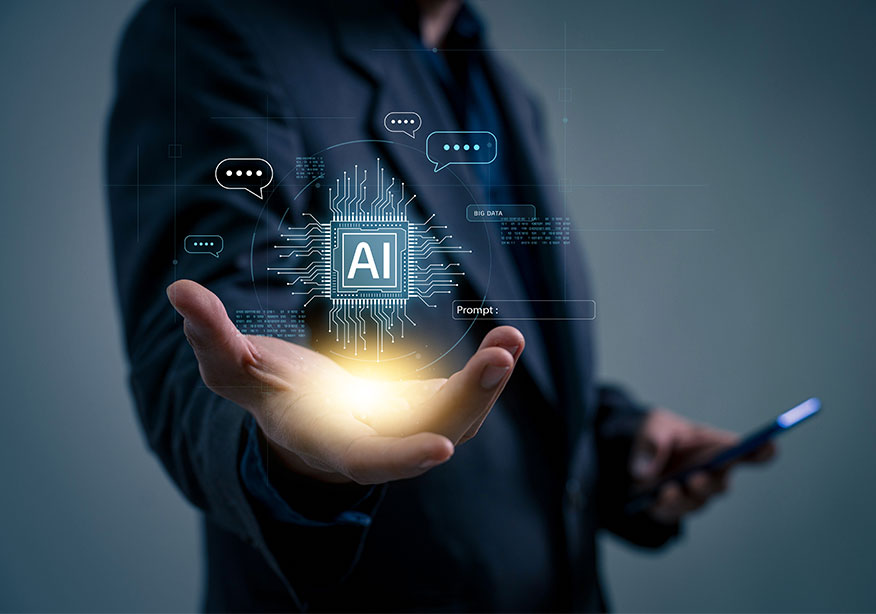Imagine being able to rewind time, tweak a single decision, and watch how the outcome changes—like adjusting one domino in a chain and observing a different cascade unfold. That’s the essence of counterfactual AI: it allows systems to ask “What if things had been different?” and generate alternate realities that help humans understand why a model made a certain decision.
In a world where algorithms decide everything from loan approvals to medical diagnoses, transparency has become critical. Counterfactual AI doesn’t just predict—it explains. It allows both developers and users to see beyond the black box, revealing the logic behind outcomes and building accountability into the heart of artificial intelligence.
Understanding Counterfactual Thinking in AI
At its core, counterfactual reasoning is about comparison. It imagines a world where one or more conditions were altered—say, if a person’s income were slightly higher, or their age slightly different—and then observes whether the AI’s decision would have changed.
This capability transforms AI from a decision-making engine into a reasoning partner. By exploring these “what-if” scenarios, businesses and researchers can evaluate whether systems are fair, consistent, and unbiased. For learners diving into this field, structured training such as an AI course in Chennai offers exposure to real-world models that use these principles to strengthen interpretability and trust.
Counterfactual AI is like a detective who retraces events to identify causes and effects. It helps clarify not just what a system decided—but why it decided that way.
The Mechanics Behind the “What-If” Engine
Creating counterfactuals isn’t as simple as flipping a switch. It involves modelling causality—the relationships between variables—and ensuring changes remain plausible. For instance, if an AI system predicts loan approvals, counterfactual reasoning must adjust realistic attributes (like income or credit score) while holding others constant.
Machine learning frameworks often combine causal graphs with optimisation algorithms to generate meaningful counterfactuals. These frameworks help balance realism and exploration—ensuring the generated “alternate worlds” make logical sense.
When designed carefully, counterfactual AI gives analysts and decision-makers a clear view into how different factors contribute to outcomes, empowering them to refine systems for fairness and reliability.
Transparency and Ethical Accountability
In traditional AI models, decisions often emerge from opaque layers of computation. Counterfactual AI changes that by creating a feedback loop between humans and machines. If a hiring algorithm rejects a candidate, for example, counterfactual analysis might reveal that a slightly higher qualification score would have changed the decision, offering both insight and recourse.
This approach has profound ethical implications. It allows organisations to ensure models comply with regulations and prevent discrimination. It also empowers users with explanations that are understandable rather than buried in technical jargon.
In educational environments, institutions offering an AI course in Chennai are introducing these ethical frameworks early, teaching future practitioners how to build transparency into the very architecture of intelligent systems.
Applications Across Industries
Counterfactual AI is finding use in sectors where interpretability isn’t optional—it’s essential.
In finance, it helps detect bias in credit scoring models. In healthcare, it explains diagnostic outcomes, guiding clinicians to understand which symptoms most influenced a result. In autonomous driving, it analyses simulated “near misses” to predict and prevent future accidents.
For marketing and customer analytics, it supports A/B testing on steroids—allowing companies to simulate the impact of changing campaign variables before spending real budgets. These applications not only improve accuracy but also foster trust, as stakeholders can clearly see the rationale behind every AI-driven decision.
Conclusion
Counterfactual AI represents a turning point in the evolution of artificial intelligence—from prediction to explanation, from opacity to openness. By reconstructing alternate scenarios, it empowers both developers and users to challenge outcomes, detect bias, and promote fairness.
In an age where AI’s impact reaches into every area of life, understanding and applying counterfactual reasoning has become essential rather than optional. As learners engage with advanced topics through programs, they are not just mastering algorithms; they are actively shaping a future in which machines think responsibly, reason transparently, and act ethically.
Counterfactual AI teaches us that the best decisions come not only from what happened, but from understanding what could have happened.



